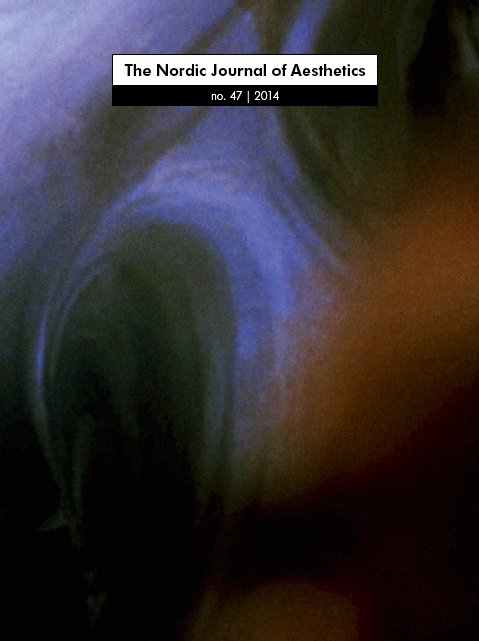The Operational Present of Sensibility
DOI:
https://doi.org/10.7146/nja.v24i47.23054Abstract
Contemporary digital technologies afford unprecedented access to levels of temporal experience that have long remained beyond the scope of human thematization. In their efforts to historicize these affordances, historians of science have insisted on the peculiarity of this access, the fact that it does not take place through any direct expansion of human perceptual capacities, but rather through a human-machine assemblage that supplements perception by putting it into systemic co-relation with a technical operationality whose “content” perception cannot access. In this article, Hansen utilizes this indirect model of the temporal expansion of human agency to explore contemporary micro-computational expansion of sensibility, both as it informs data capitalism and efforts to counter the latter’s sway.Downloads
Published
2016-02-04
How to Cite
Hansen, M. B. (2016). The Operational Present of Sensibility. The Nordic Journal of Aesthetics, 24(47). https://doi.org/10.7146/nja.v24i47.23054
Issue
Section
Articles
License
Authors who publish with this journal agree to the following terms:
- Authors retain copyright and grant the journal right of first publication with the work simultaneously licensed under a Creative Commons Attribution License that allows others to share the work with an acknowledgement of the work's authorship and initial publication in this journal.
- Authors are able to enter into separate, additional contractual arrangements for the non-exclusive distribution of the journal's published version of the work (e.g., post it to an institutional repository or publish it in a book), with an acknowledgement of its initial publication in this journal.
- Authors are permitted and encouraged to post their work online (e.g., in institutional repositories or on their website) prior to and during the submission process, as it can lead to productive exchanges, as well as earlier and greater citation of published work (See The Effect of Open Access).




